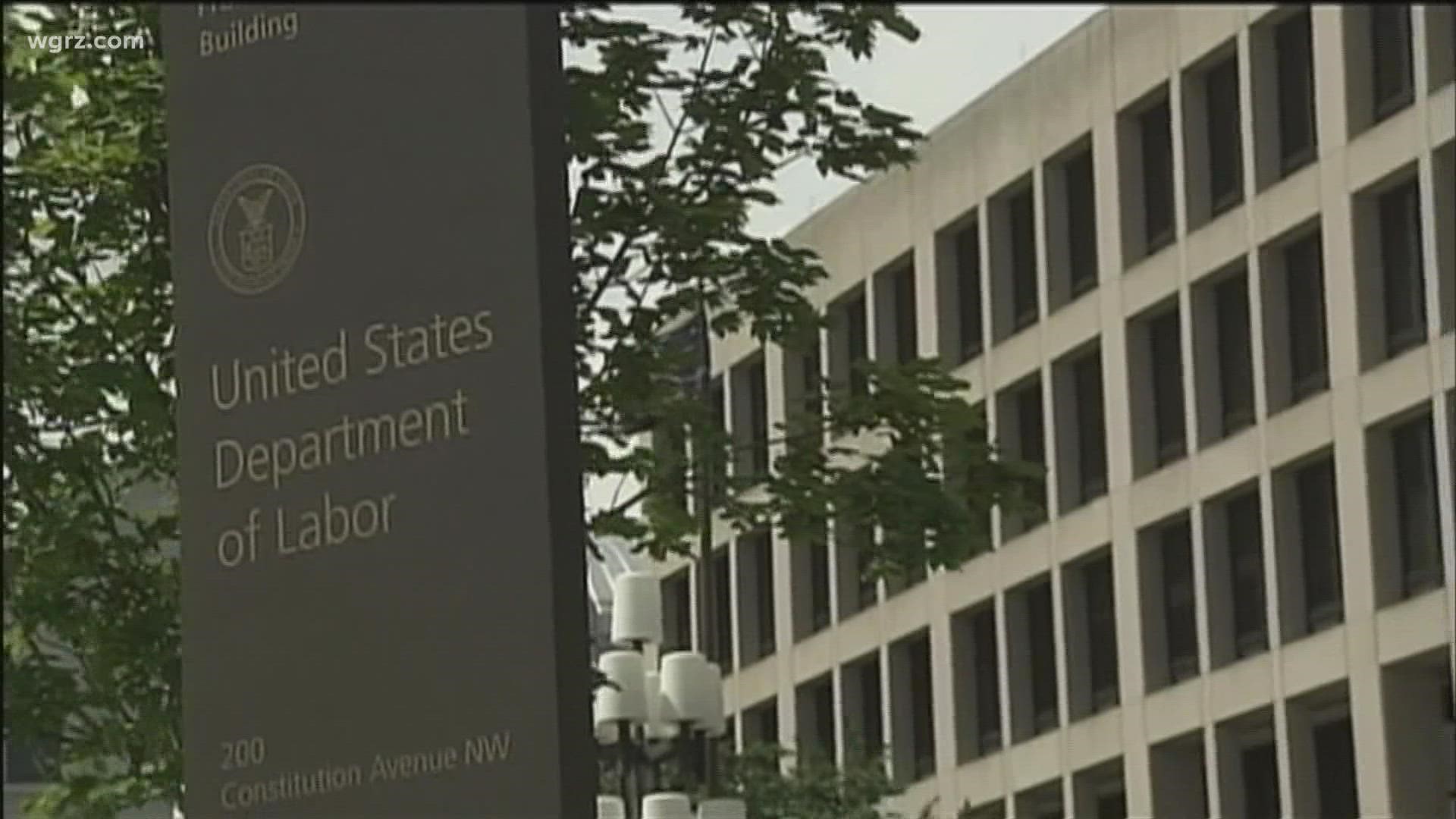BUFFALO, N.Y. — For many businesses, staying afloat amid a labor shortage is challenging, especially when that shortage has been going on for two years.
COVID-19 made it challenging for many industries to make money, including the hospitality industry.
Conor Hawkins co-owns The Banshee Irish Pub in Downtown Buffalo and says in an effort to keep business going, he has pitched in to help the kitchen staff and bartenders out.
"I'd be lucky if I can get ten people to come in the doors for interviews," Hawkins says. "At the Banshee, we're looking for about another 10 employees, we're definitely looking for quite a few more people in the kitchen, porters and dishwashers. Once we get those positions filled, then we can bring on more servers."
And then there's Curtiss Hotel and the historic SkyBar, also in downtown Buffalo.
"Hopefully we'll get some people for the SkyBar, and maybe we can cross-train them for the Curtiss Hotel, but overall we just need more bodies. This is the worst I've ever seen it," Hawkins said.
Despite the dropping unemployment rate, the struggle to find people to work is a reality that is forcing some doors to close.
The U.S. Department of Labor reported in back in early April that the unemployment rate declined to 3.6 percent, with many industries, including the hospitality industry, making some gains.
But, according to Hawkins, not enough.
"I just think right now, with everything that's going on, people don't want to be in the hospitality industry," Hawkins said.
But, why is it that if more people are going back to work, it's so hard to find people to work?
Professor Fred Floss teaches Economics and Finance at Buffalo State College and says there are a few things to consider.
"We're still between 5 and 10 percentage points below where we were before the Great Recession," Floss said. "Now, part of that is older individuals in the Baby Boom generation have retired, and they're not coming back into the workforce. So, there's a smaller workforce than what we had when there was the baby boom."
Competition is also a relevant factor.
"Different industries are raising wages," Floss said. "So, if you can't compete, then people aren't going to come and work for you.
"For instance, if you can make $1 an hour more doing something across the street, you're going to do that. And for a lot of the restaurants, for example, that were having a hard time because of COVID, they don't have the money yet to give back to their employees."
Hawkins says, while he doesn't expect to see people coming in for interviews at pre-pandemic numbers, he's hopefully, especially as students looking for jobs and good money break for the summer.

